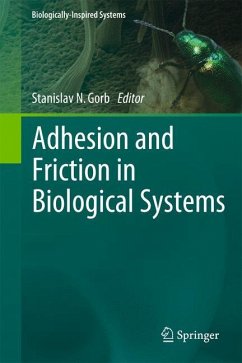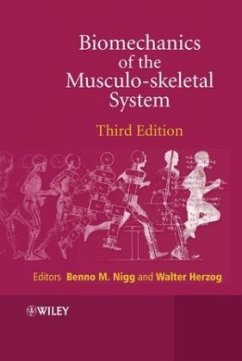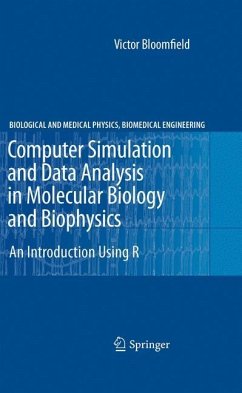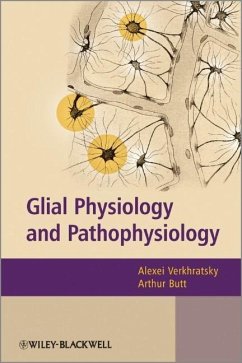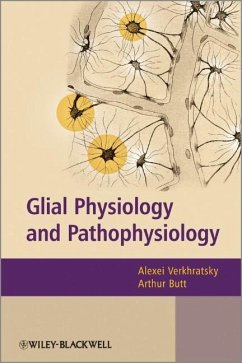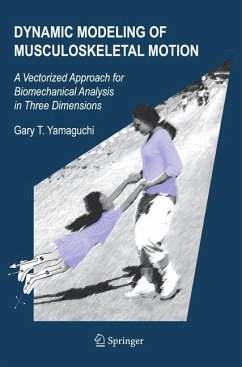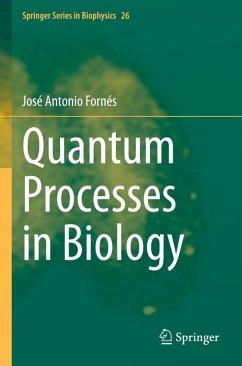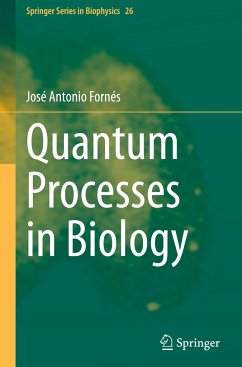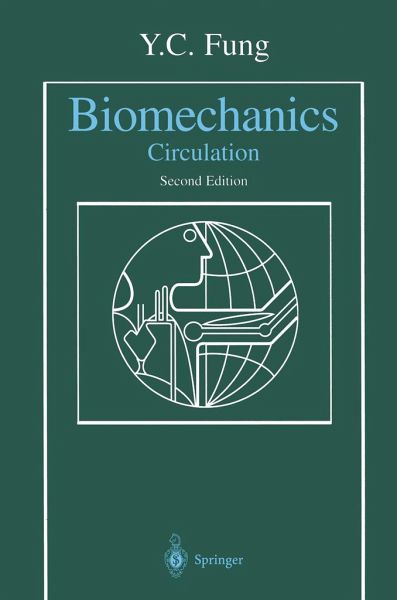
Biomechanics
Circulation
Versandkostenfrei!
Versandfertig in über 4 Wochen
185,99 €
inkl. MwSt.
Weitere Ausgaben:

PAYBACK Punkte
93 °P sammeln!
The theory of blood circulation is one of the oldest inscience, and remains a vigorous field of study with many features thathave been described in physical and mathematical terms. In Biomechanics: Circulation, Fung presents a treatment of the fundamental biomechanics of the cardiovascular and pulmonary systems, using a mathematical approach to illuminate problems in experiemental design, data collection, modeling, observations, and theory. This edition includes extensive changes incorporating major advances in hemodynamics that have occurred during the past decade. There are new chapters on coronary blood flow and skeletal muscle microcirculation. As in the first edition, Biomechanics: Circulation emphasizes the coupling of fluids and solids in the cardiovascular pulmonary systems, and consistently brings both morphology and rheology to bear on the analysis of blood flow. Numerous exercises are proposed to encourage the reader to formulate and solve problems
The theory of blood circulation is the oldest and most advanced branch of biomechanics, with roots extending back to Huangti and Aristotle, and with contributions from Galileo, Santori, Descartes, Borelli, Harvey, Euler, Hales, Poiseuille, Helmholtz, and many others. It represents a major part of humanity's concept of itself. This book presents selected topics of this great body of ideas from a historical perspective, binding important experiments together with mathematical threads. The objectives and scope of this book remain the same as in the first edition: to present a treatment of circulatory biomechanics from the stand points of engineering, physiology, and medical science, and to develop the subject through a sequence of problems and examples. The name is changed from Biodynamics: Circulation to Biomechanics: Circulation to unify the book with its sister volumes, Biomechanics: Mechanical Properties of Living Tissues, and Biomechanics: Motion, Flow, Stress, and Growth. The major changes made in the new edition are the following: When the first edition went to press in 1984, the question of residual stress in the heart was raised for the first time, and the lung was the only organ analyzed on the basis of solid morphologic data and constitutive equations. The detailed analysis of blood flow in the lung had been done, but the physiological validation experiments had not yet been completed.





